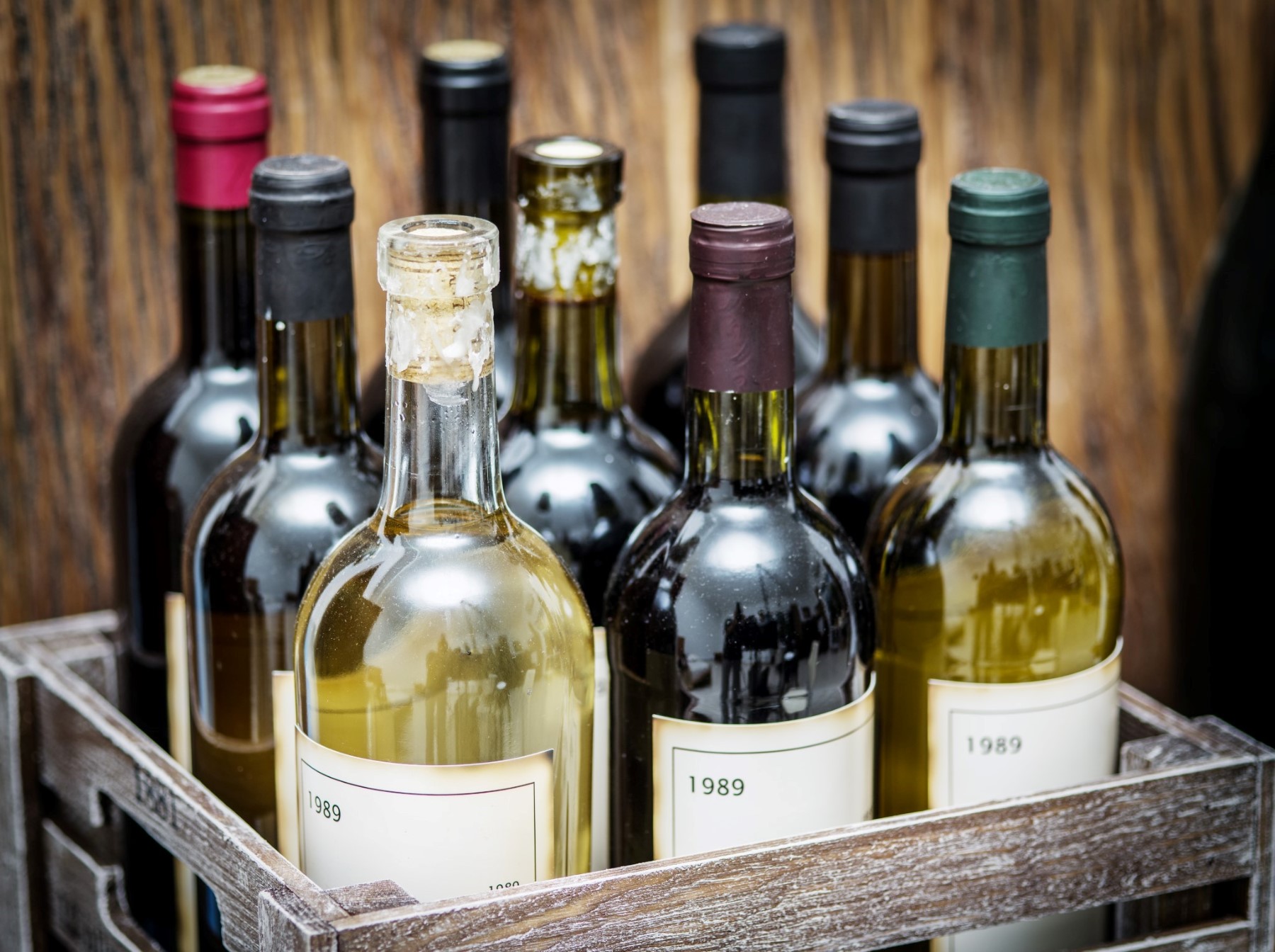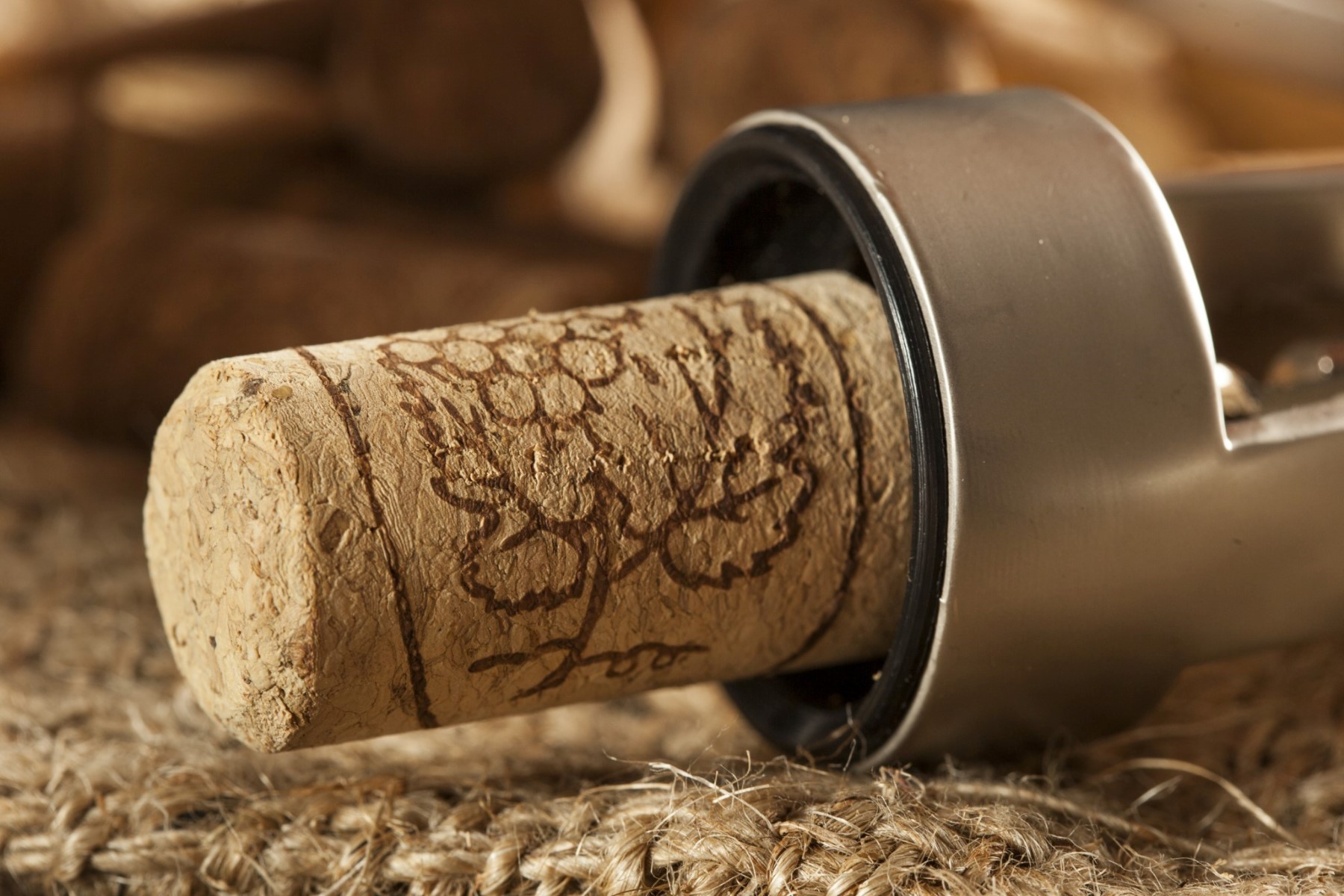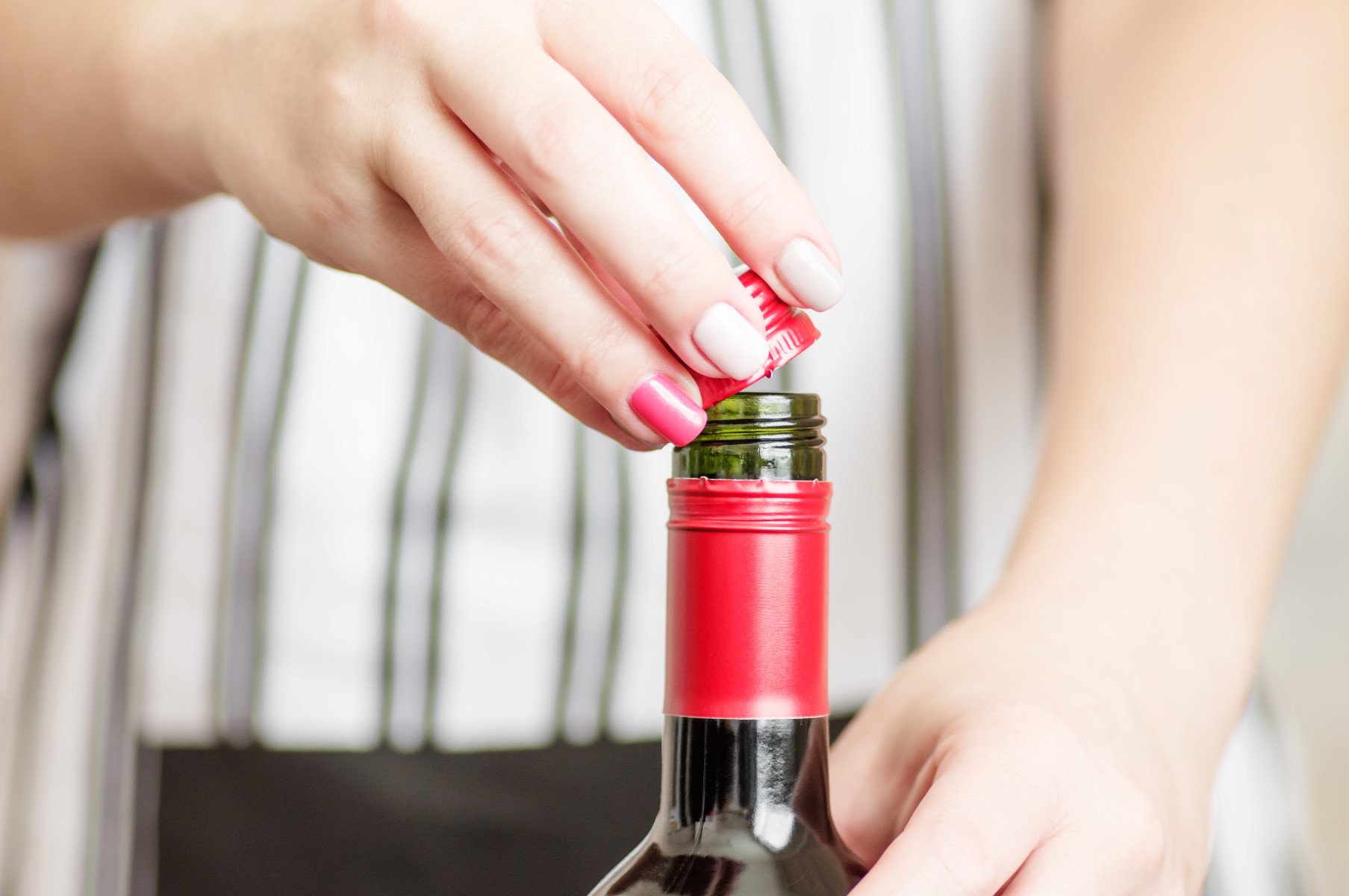

The question we really need to ask is does it really make a difference? And if not, why do people seem to obsess over it?
I’m sure we all know somebody who turns their nose up at the sight of a screw-capped bottle of wine. It’s one of the slightly fussy, meticulous details that wine buffs love to go on about, claiming that screw-topped wine is never going to be as good as wine which is stoppered with a (real) cork.
In some countries - especially in Europe - to bring a screw-top bottle to a party is synonymous with being a wine novice, whereas in other countries (notably here in Australia), screw tops are the norm, and corks are becoming a rarity.
The question we really need to ask is this: does it really make a difference? And if not, why do people seem to obsess over it?
The second question is easier to answer than the first. The obsession for detail is part and parcel of the wine world.
Wine drinkers and wine lovers adore fussing over details - this is precisely why so many wine labels are intimidatingly indecipherable for those without a deep knowledge of viticulture. Wine is exciting stuff, and it requires imagination.
When tasting wine, we have to suspend our disbelief, let go of our normal senses and cut loose into a world of flavour and aroma. This release of the rational is, for many people, perhaps a step too far, and they need to reign it all in again with a dose of what can be snobbish attention to detail.
The other side of this is, of course, tradition. Wine is riddled with tradition, which is something of a double-edged sword.
On the one hand, this reverence of the past has led to some amazing produce with a genuine sense of time and place along with incredible flavour. On the other, the same traditions also lead to restrictive wine laws and regulations, which, in some countries have stopped winemakers from reaching their highest potential.

Corks are a case in point - they are not always necessary, nor even always suitable for all wines, and yet the buying public hesitates to reach for a bottle without one, because we’ve been told time and time again that good wine sticks to tradition. Rant over.
The simple fact is, there is probably very little difference between real corks, fake corks and screw-tops. All serve the same essential purpose: to keep the wine stoppered in the bottle, and to stop oxygen from getting into the wine, which flattens the flavour and can ruin the wine completely.
So, let’s stick up for the underdog, and go through the main benefits of cork alternatives.
1. They are cheaper.
This is undeniably true - natural cork is something which is becoming increasingly expensive to source and use, and this is why many wineries are looking to alternatives such as plastic and screw-tops in order to economise.
2. They don’t suffer from ‘cork taint’.
This is a layman’s term for the chemical compound TCA - a chemical which is produced when wild, natural fungi come into contact with certain wine making products. Cork taint makes a wine smell and taste like old, damp cardboard, and is enormously unpleasant (though completely harmless).
This problem used to be far more common than it is today, although it still occurs reasonably regularly in wineries which use natural cork in their bottles.
3. The potential for ageing is not necessarily damaged by using cork alternatives.
Indeed, many wineries have demonstrated that their bottled wines, if stored correctly, can age and mellow beautifully in cellars in much the same way as a corked bottle might. We’ll probably see more evidence of this in the coming years as it has only been relatively recently that wines suitable for ageing have started being made with cork alternatives.
4. They’re more precise.
One of the main arguments in favour of corks is that they allow the wine to breathe at just the right level to slowly soften the tannins in the wine.
Nowadays, screw caps are produced with carefully calculated levels of oxygen ingress over time, which has exactly the same result. Ironically, the truth is that corks are notoriously unreliable in this process - they swell and shrink in different conditions, and allow too much or not enough breathing to take place.
5. They’re easier to open.
It sounds like a silly point to make, but isn’t it true? I’m sure we’ve - all at least once - had the horrible encounter of watching a real cork break off in the neck of a bottle, or crumble into bits when faced with a dodgy old corkscrew. With screw-caps at least, a quick twist of the wrist is all you need, and you can pour your wine into a glass without making any effort at all.
Furthermore, screw-caps make it easier to reseal your wine and drink another day, without wrestling with a cork and trying to wedge it back into the bottle.

So, next time you’re at your wine store, don’t pass by the bottles with plastic corks or screw-tops. Real corks look great, and they are used by the majority of respected wineries in the world, but their day is gradually coming to an end - so embrace the alternatives!
Here's our short wine palate quiz to help you meet your ultimate wine matches!
Next up: Take our Wine Palate Quiz and match your personal tastes to your top three wine types
Do you know your wine personality? If your answer is no, take our quiz to find out which wines to pick up next and build your box!
Build my box






